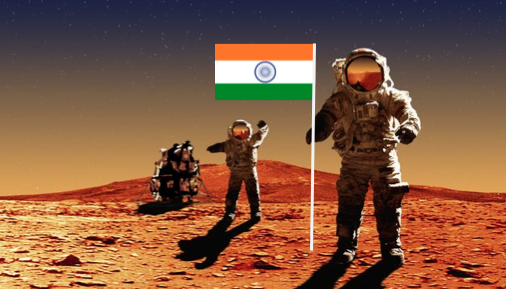India Will Take 56 years to Achieve Female Youth Literacy

Reading for many is something they take for advantage. Googling indians.united4socialchange.com through the use of putting letters together and reading the links to find this article to read, is a skill people acquired during adolescence in school. In India however, it will take the next 56 years for young girls to become literate. For today’s women of India, many cannot form simple sentences nor can read simple sentences; this is a shortcoming of today’s society for letting such a large group of people become deprived of such an important skill.
To not know of the pleasure of enjoying a good book or being able to write a letter, or even a sentence in that case, is indeed a scary thought, yet for the women of India, this is the harsh reality. Specifically, 100 million of the young girls of low middle class and the poor are the victims of this lack of proper education. And as for the girls who have the ability to be in school, there are a staggering 30 million who will not be able to attend school due to their illiteracy as found in the Unesco Education for All Global Monitoring Report. Not because the girls can not attend school due to financial constraints or other issues, but the simple fact that they lacked proper early education to learn to read as young children.
Literacy is not an easy ability to acquire, and in India the amount of years spent in school is one of the factors that hold females behind. Moreover, according to the same report, over 90% are still illiterate despite completing primary school and 30% after five to six years of schooling. The youth of the south and west are most affected, with two out of three of the poor girls being illiterate.
Achieving gender equality in education has been a struggle, and the estimated time for achieving such a critical issue is sadly, too long. Pleasantly, the earliest action is going to be taken next year in 2015 by the United Nations Girls Education Initiative to make equal education a primary objective for the “global development goals.” Illiteracy with women is a large issue, yet many do not acknowledge it as so. From 2070-2080 is the expected time period of when India as a whole will become literate. Lastly, the most shocking and saddening thing is that women of the entire country of Pakistan are estimated to become literate is the 22nd century. This sluggishly slow rate is alarming for all of South Asia. Education shouldn’t be denied to any human beings; it’s a right and a privilege all must have.
In 2011, however, there was some success regarding primary education, since 60% of countries had been able to have equality in their educational systems, while only 38% were able to have gender equality through secondary education. Of the less richer countries, only 20% were able to have equal primary education, 10% lower secondary and 8% upper secondary education. In the year 2015, it is estimated for 70% of countries to have gender equality for primary education and only low secondary education equality will be achieved by 56%, not even the full course of secondary education.
The youthful women of today deserve equality; receiving education is not just an important part of eliminating gender based barriers, but its essential in life. Literacy is something that is part of our daily lives and this is true across the globe. To deprive one of literacy is to take one’s sight and voice, for the ability to read and write is just that; what one sees and what one says. To promote education equality and allow these young girls to be given the equal opportunity to learn to read and write is beyond a good gesture, it is an imperative action. Statistics have shown that it’s going to take decades to reach universal literacy and by the time this happens, the young girls of today will not even be alive to learn to read and write. It is critical we do something now to shorten the timeframe for female literacy in India!
[Image Attribute: Flickr User: Bharmour.09)




